Meet Our Partners
Newsletter & Tastings
Sign up to get The Buyer's weekly newsletter and personal invites to tastings & events
Sign up to get The Buyer's weekly newsletter and personal invites to tastings & events
The focus and onus on major wine businesses, be they producers, importers, distributors or retailers, to improve their sustainability credentials increases month by month. ...
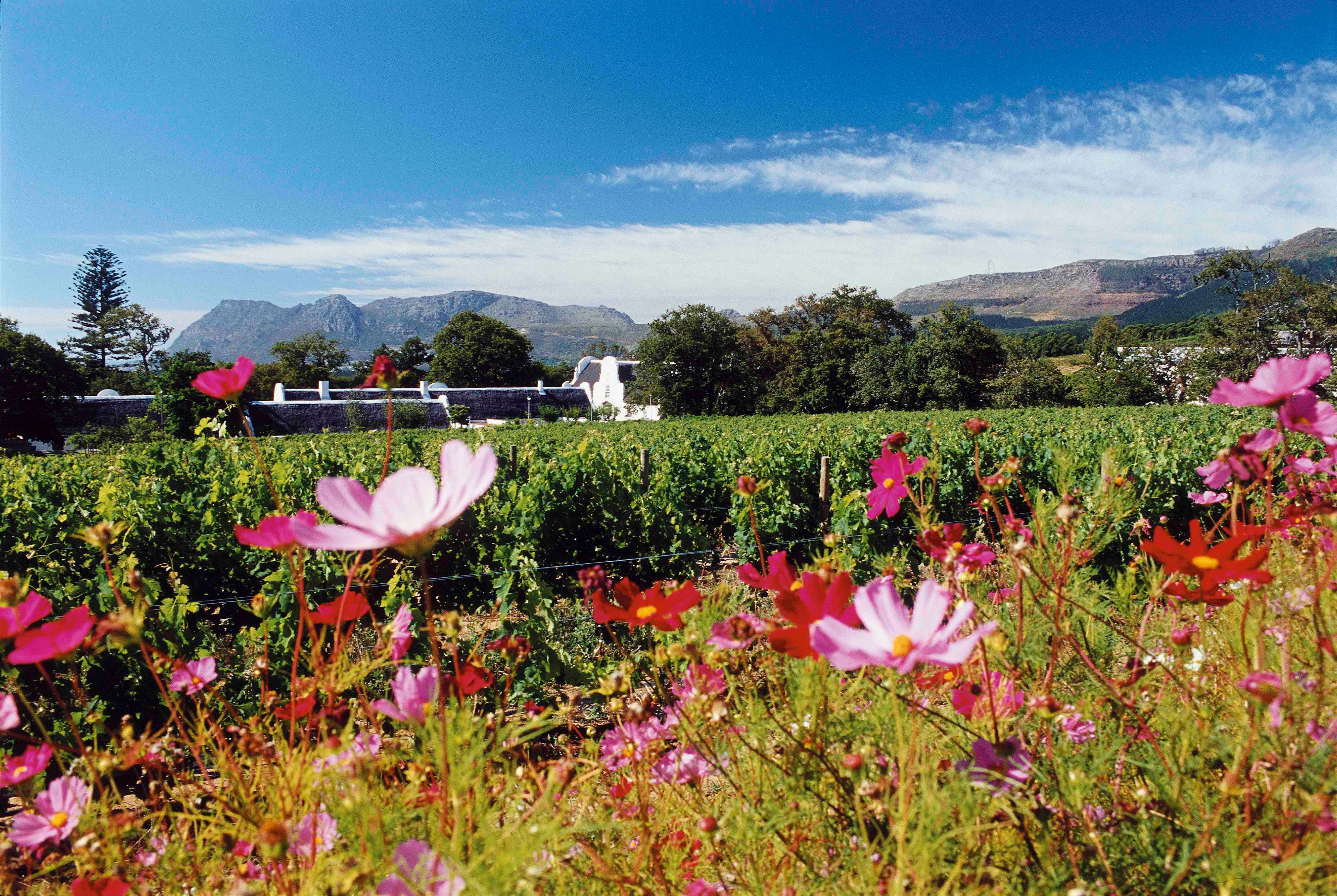
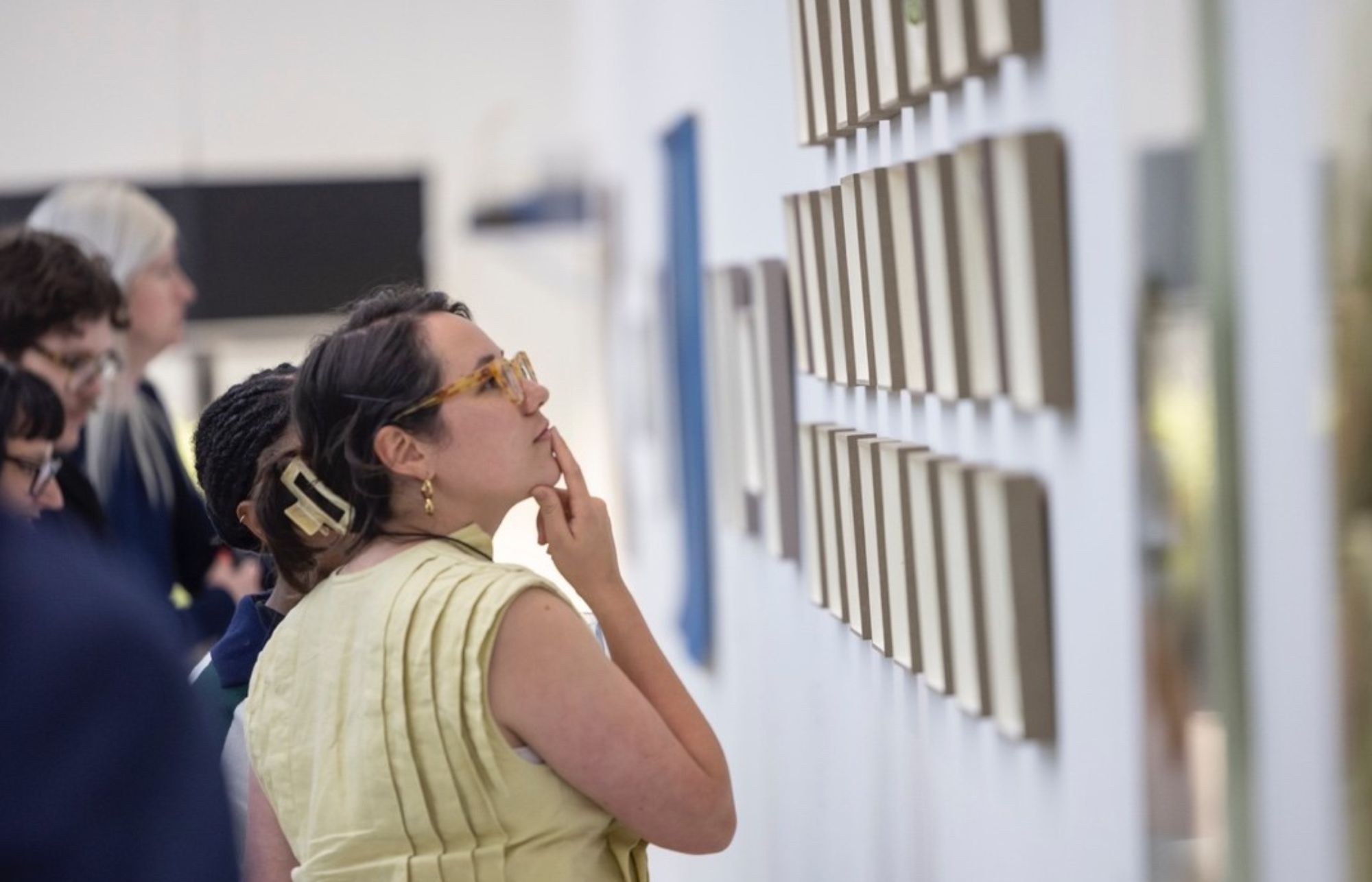
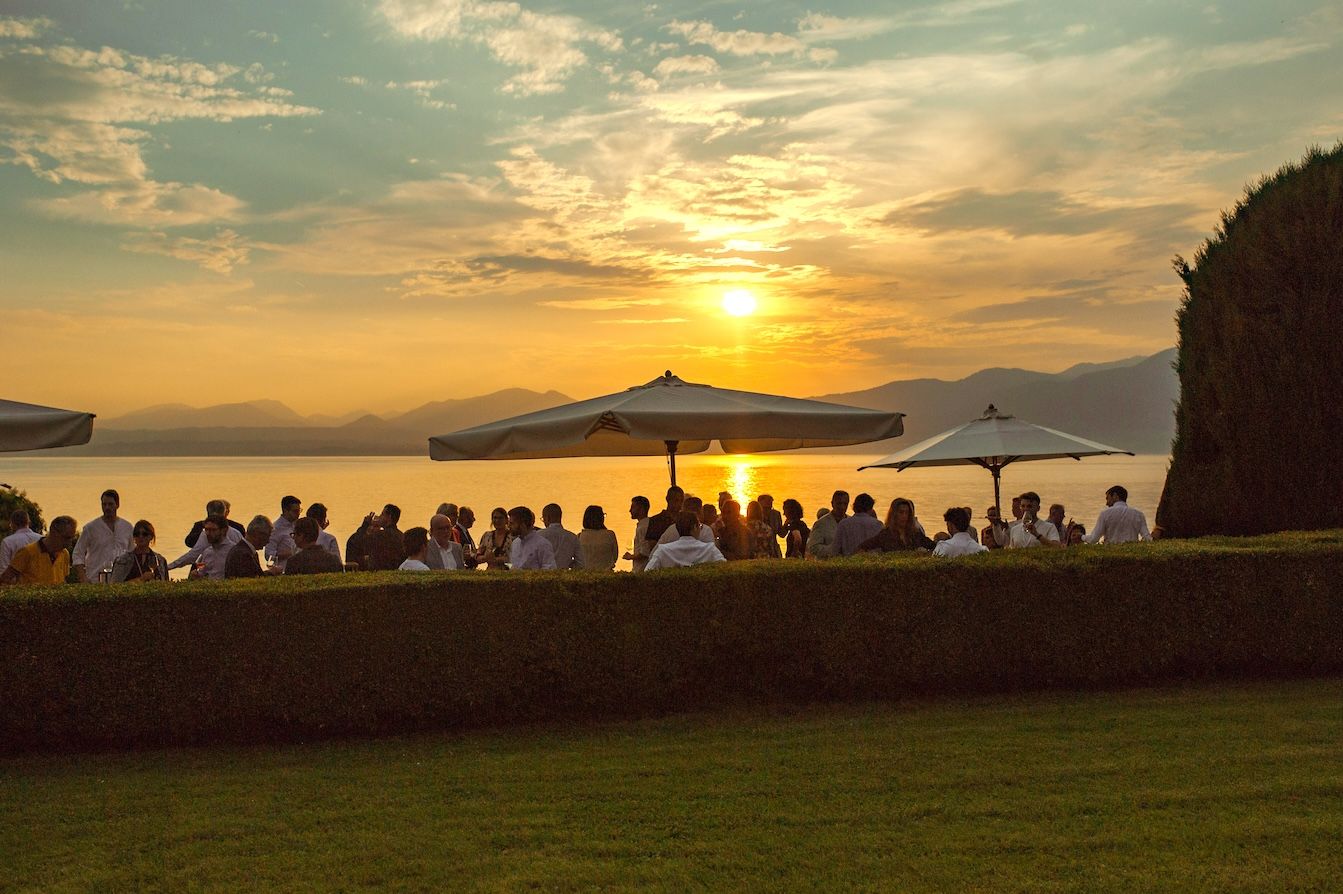

Sign up to get The Buyer's weekly newsletter and personal invites to tastings & events
The Buyer is currently working with a number of businesses to help them share their stories with you
Click below to download The Buyer's Media Pack and find out how we can work with you
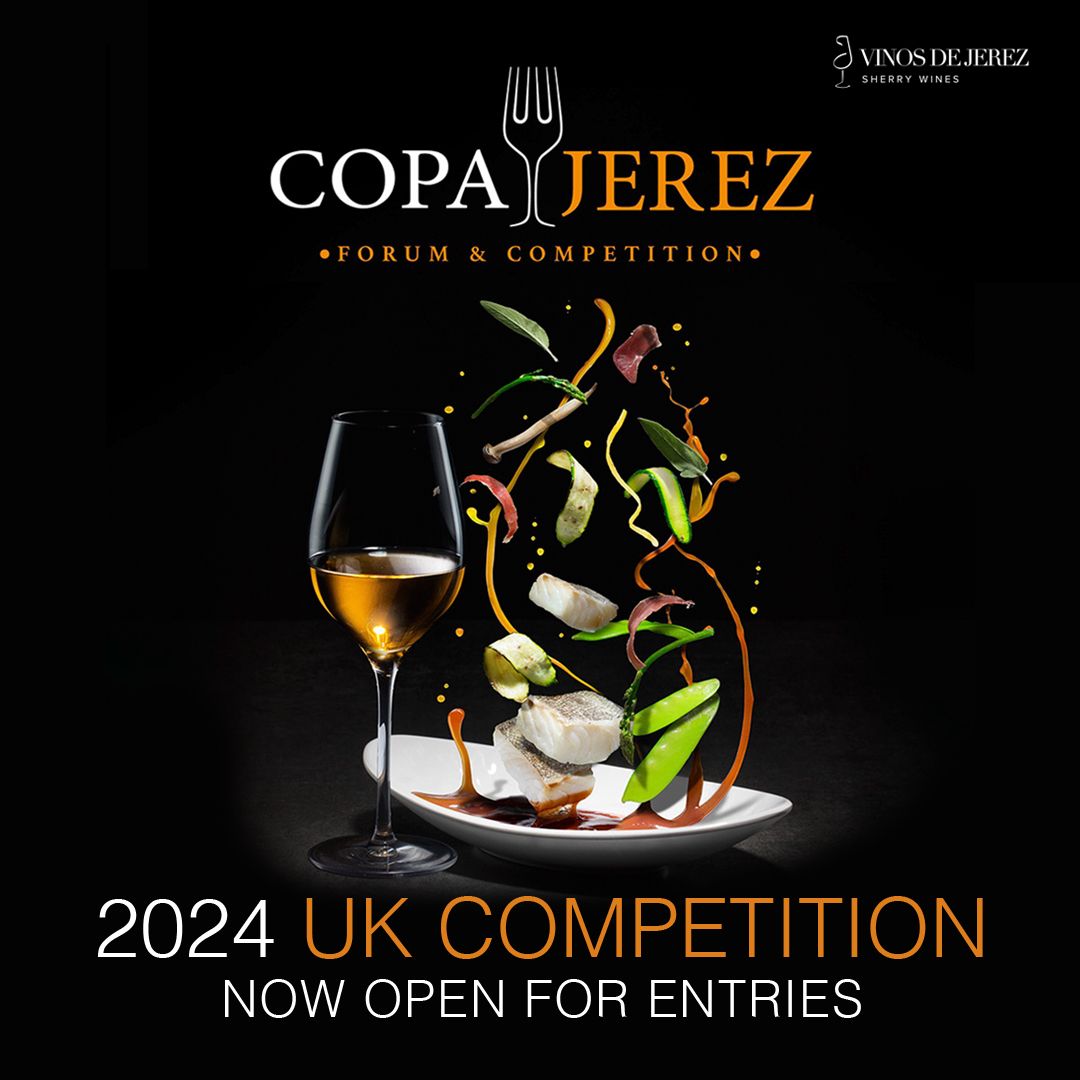
Copa Jerez 2025 competition for chefs and sommeliers. Register to enter the UK competition by August 23. Click here for details.
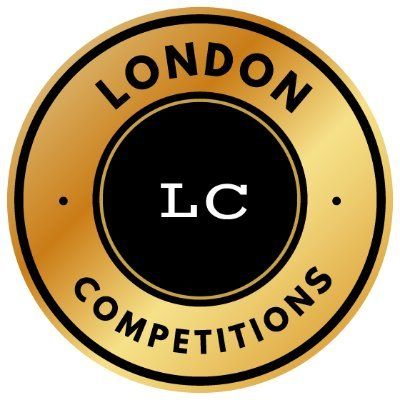
Super Early Entries for London Competitions up to August 31.
For London Wine Competition click here.
For London Spirits Competition click here.
For London Beer Competition click here.
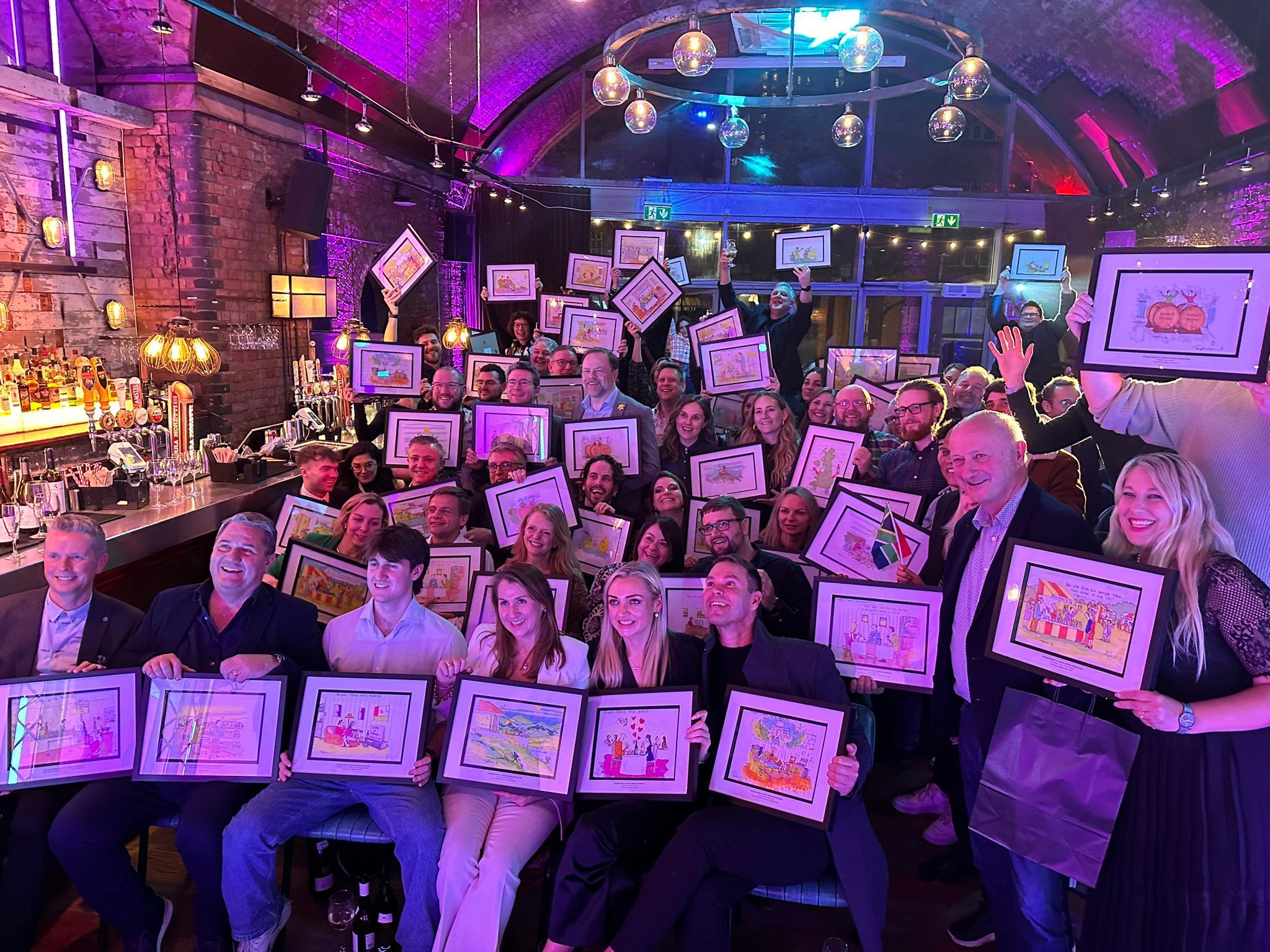
People's Choice Drinks Awards. Super Early Bird Entries by September 1. Click here for more details.